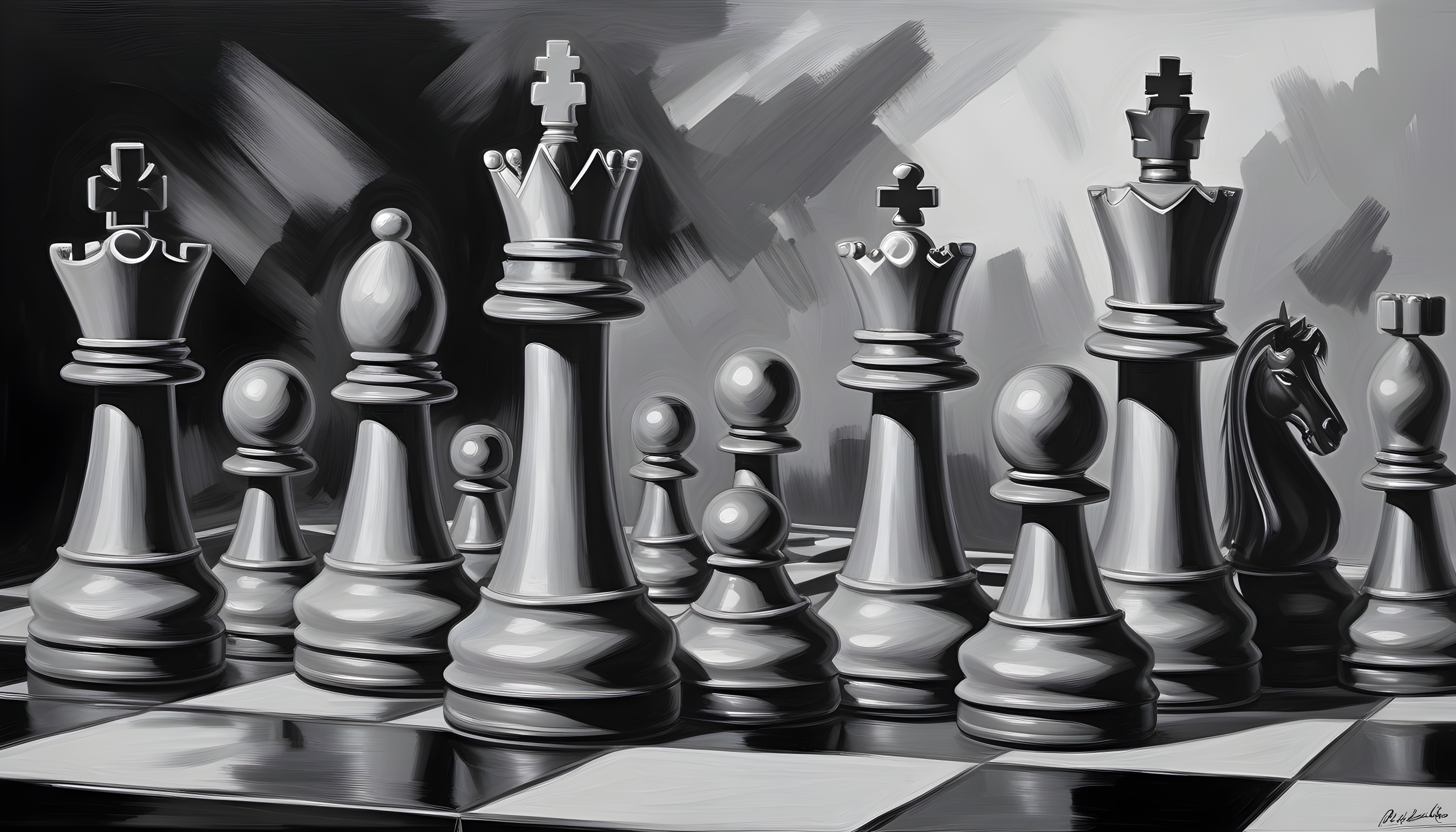Chess engines can be extremely powerful tools. Their search functions allow them to determine millions of possible moves, while heuristics remove paths it thinks likely won’t end well – all within an extremely fast platform.
Engines typically connect to front ends – windowed graphical user interfaces like Winboard, Chessbase or Hiarcs – that enable users to adjust engine strength and other settings. These GUIs may include tools for setting strength limits.
What is a Chess Engine? mes A chess engine is software specifically designed to analyze the position of pieces on a chess board and find winning moves, similar to how human players do it. Chess engines are extremely powerful; many are better at this task than even professional players! Some popular examples today are Stockfish, Leela Chess Zero and Komodo.
Engines are computer programs created by their developers to play the game according to certain rules, evaluating multiple lines simultaneously and looking at each move’s potential to evaluate whether it would improve or worsen any given situation. They can even calculate an opponent’s advantage in various positions.
Each engine has its own set of strengths and weaknesses, often making them better suited to specific uses than others. For instance, some engines might be better for opening preparation while others could provide endgame analysis. Chess engines use centipawns as units of measurement to express advantages or disadvantages accurately; an evaluation score of +0.56 means White holds an edge by half a pawn (56 centipawns).
Chess engines take into account how pieces can move and what control they exert over the board, including how far each one can travel and the squares it can reach, whether or not its support comes from pawn chains or open files, and whether its attacks can penetrate enemy territory. King safety is of particular concern here – with well-placed rooks providing crucial shielding from threats while poor placement from bishops leaving it vulnerable.
The best chess engines can quickly evaluate positions with incredible depth, searching dozens of possible lines in far less time than would take humans. Furthermore, these powerful tools can accurately calculate middlegames and endgames for you – making them incredible tools to enhance your understanding of chess!
Alex Bernstein created the inaugural chess engine in 1957 on an IBM 704 mainframe computer system and took eight minutes per move. While not particularly strong at first, technological advances over subsequent 50 years resulted in much stronger versions being created over time.
How Do Chess Engines Work? Chess engines are remarkable pieces of software capable of calculating millions of positions and displaying what it believes to be the optimal move for each one. Chess engines primarily consist of two functions – search and evaluation functions. Search functions allow players to anticipate moves by their opponents while evaluation assigns numbers to various positional factors like material advantage, piece mobility, king safety and control of space based on an evaluation function’s algorithm.
An engine begins evaluating a position by building a chess tree that depicts variations of it, then using its algorithm to assign numerical values based on complex math that determines things like who has more pieces, squares their pieces can reach and moves that go by without becoming lost.
Once an evaluation engine has analyzed a position, it can compare it with similar ones that have already been calculated in order to estimate the best outcome for both sides. Based on this information, it ranks positions according to their strength – leading to ratings lists.
Once an engine has ranked positions, it can begin searching for the optimal move by considering all possible moves – known as iterative deepening. At each step, the engine remembers what was found previously and disregards bad moves while searching for what might be better ones; additionally, knowledge of previous positions helps prevent excessive searching time spent searching for similar moves repeatedly.
Engines use alpha-beta pruning to quickly find the optimal moves, skimming through millions or billions of possible future positions in fractions of a second until finding the optimal move. You can view this calculation’s results by looking at an engine’s evaluation numbers and symbols; positive numbers favour White while negative ones favor Black players.
How Can Chess Engines Help My Gameevoluer A strong chess engine can be an invaluable aid to helping improve your game, providing new ideas and suggestions that may have otherwise escaped you, especially when playing the same positions over and over again. But to use them effectively it’s crucial that they don’t become your sole source of inspiration!
Remind yourself that a chess engine is just a machine; it has no feelings. While it might be tempting to just click through some moves manually and let an engine make decisions for you, doing this won’t improve your game; think and analyze independently first, using an engine as confirmation or find missing pieces later on.
The most advanced chess engines are extremely fast at evaluating and searching, yet still make mistakes from time to time. Because of this, humans find it difficult to compete against computers when it comes to playing chess; however, using an engine as an aid in developing new ideas or strategies may help increase one’s play.
Chess engines can calculate faster than human players and examine millions of positions per second, giving them a distinct edge over players influenced by emotion or intuition, who may not search as thoroughly for solutions. Furthermore, being impartial means they can take some of the ego out of play for certain players so they are more focused on finding their next move and finding success!
Stockfish is a free open-source chess engine which currently stands out as being one of the strongest traditional engines available, employing complex evaluation formulae, deep search pruning and an enhanced reduction algorithm to achieve this level of strength.
Neural networks and machine learning-based chess engines have also gained in popularity as they offer more precise analysis than traditional engines. One such promising engine, released in 2013, called Pedone revenge is considered to be among the best endgame engines due to its advanced search speed optimization features and deeper history move ordering features.




